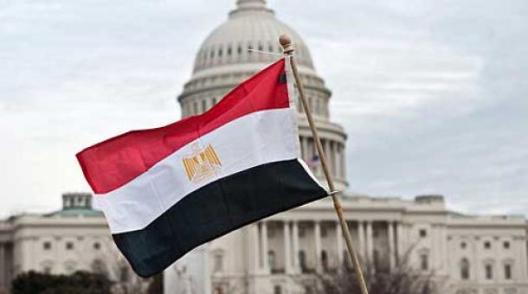 Perhaps the most confusing aspect of the US-Egypt relationship lies in the assistance package provided to Egypt since its signing of the 1979 peace treaty with Israel. As the cornerstone of US-Egyptian security cooperation, $1.3 billion of the $1.5 billion aid package consists of Foreign Military Financing (FMF) which Egypt has used to purchase high-tech defense items–most notably M1A1 Abrahams tanks and F-16 jet fighters–from the US defense industry. The assistance remained largely unchanged for decades, but Egypt’s 2011 uprising and its 2013 ouster of a democratically elected president threw the relationship into turmoil, resulting in partial suspensions of hundreds of millions of dollars and nondelivery of equipment.
Perhaps the most confusing aspect of the US-Egypt relationship lies in the assistance package provided to Egypt since its signing of the 1979 peace treaty with Israel. As the cornerstone of US-Egyptian security cooperation, $1.3 billion of the $1.5 billion aid package consists of Foreign Military Financing (FMF) which Egypt has used to purchase high-tech defense items–most notably M1A1 Abrahams tanks and F-16 jet fighters–from the US defense industry. The assistance remained largely unchanged for decades, but Egypt’s 2011 uprising and its 2013 ouster of a democratically elected president threw the relationship into turmoil, resulting in partial suspensions of hundreds of millions of dollars and nondelivery of equipment.
Amy Hawthorne, senior fellow and Egypt expert with the Atlantic Council’s Rafik Hariri Center for the Middle East, goes into meticulous detail to explain the state of this complicated relationship and the requirements of US legislation that directly impact the political and diplomatic relations with Egypt in her new article on EgyptSource, “What’s Happening with US Military Aid to Egypt, Part II: Everything You Ever Wanted to Know About Foreign Military Financing (FMF) for Egypt.” In it, she outlines the legal framework provided in the Consolidated Appropriations Act of 2014 passed by Congress in January and how it reflects a compromise between those in the US government who do not want the military aid relationship to be linked to Egypt’s internal political situation, on the one hand, and democracy promoters who want to condition this aid on democratic progress in Egypt, on the other.
Step into the rabbit hole, as Hawthorne walks you through “Everything You Ever Wanted to Know About Foreign Military Financing (FMF) for Egypt.”
